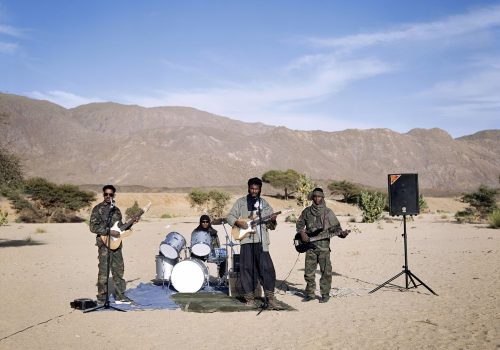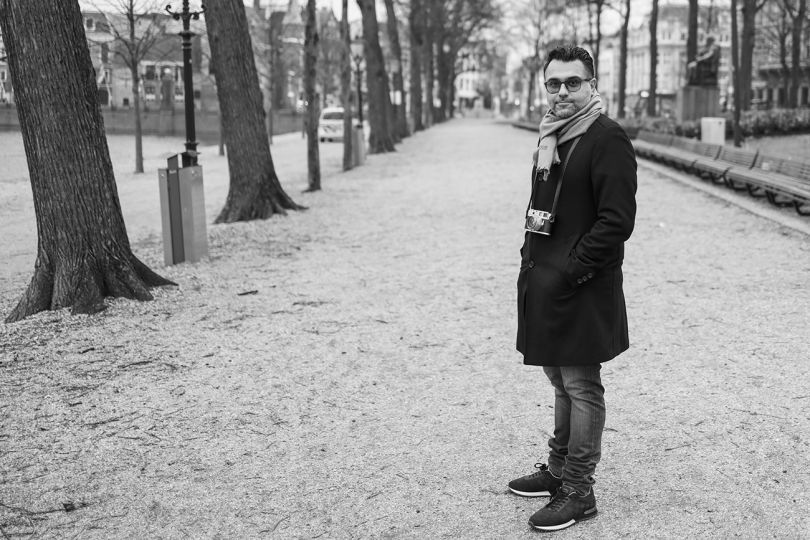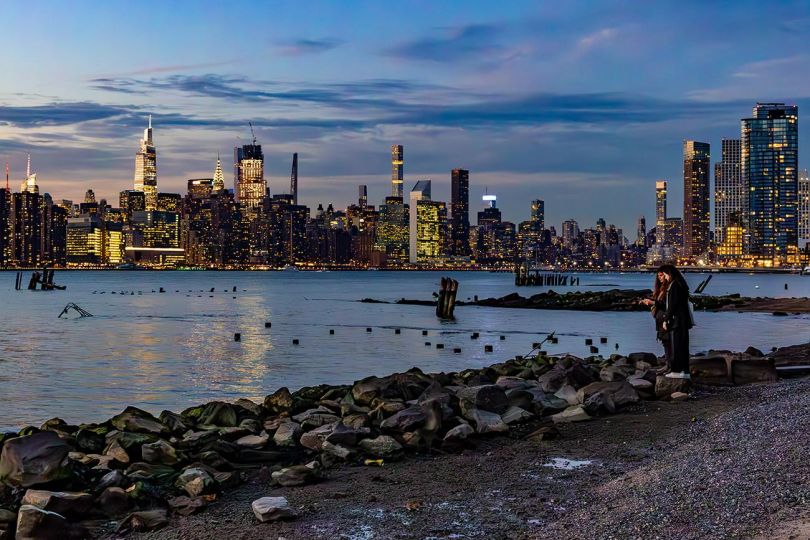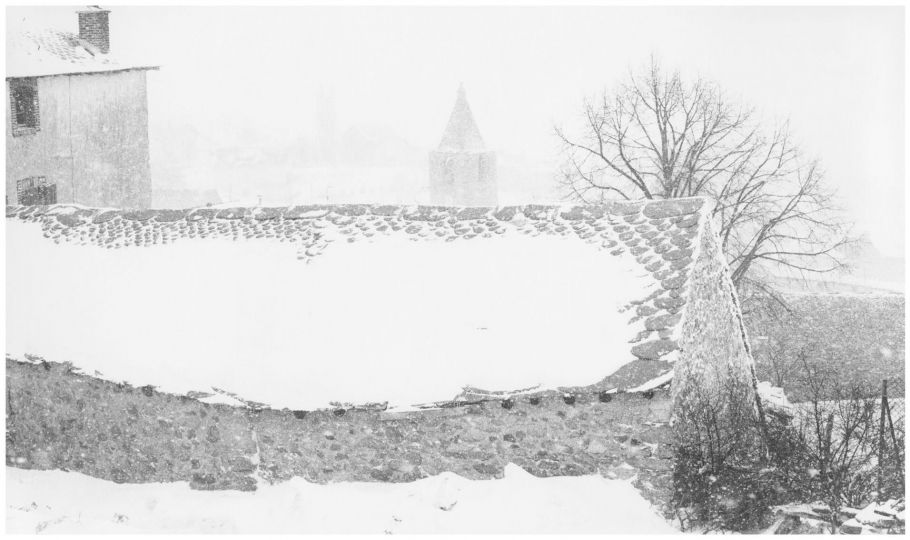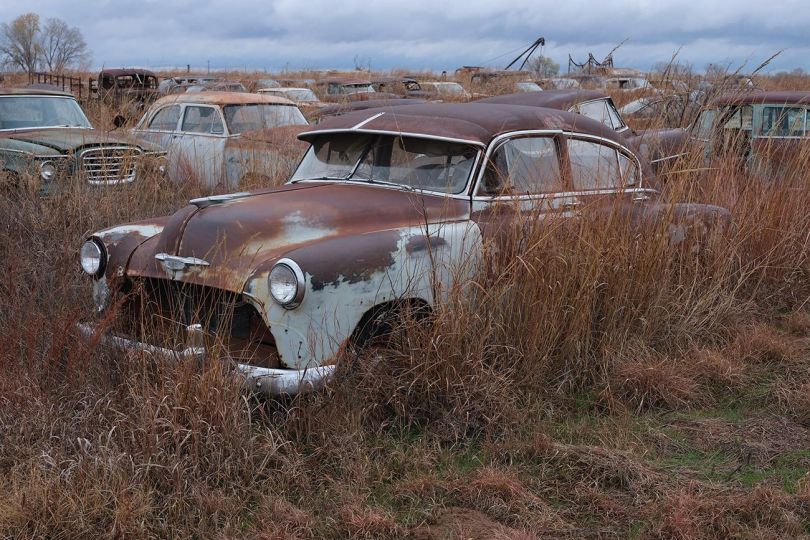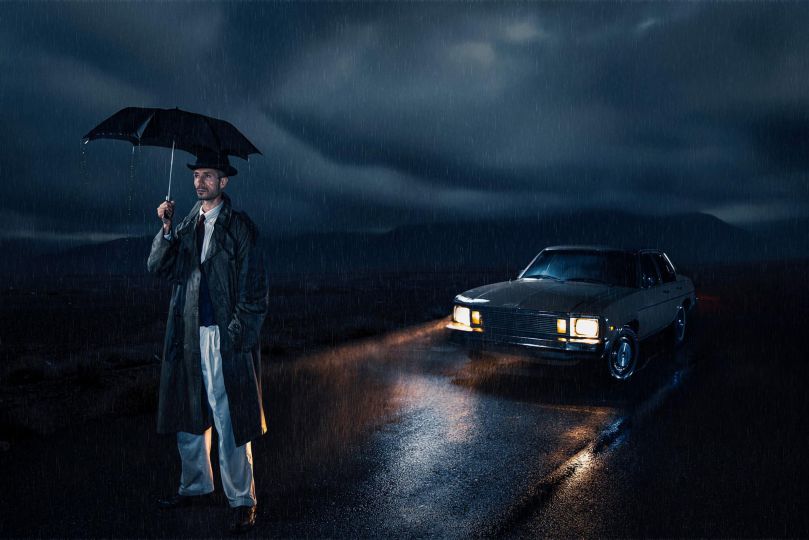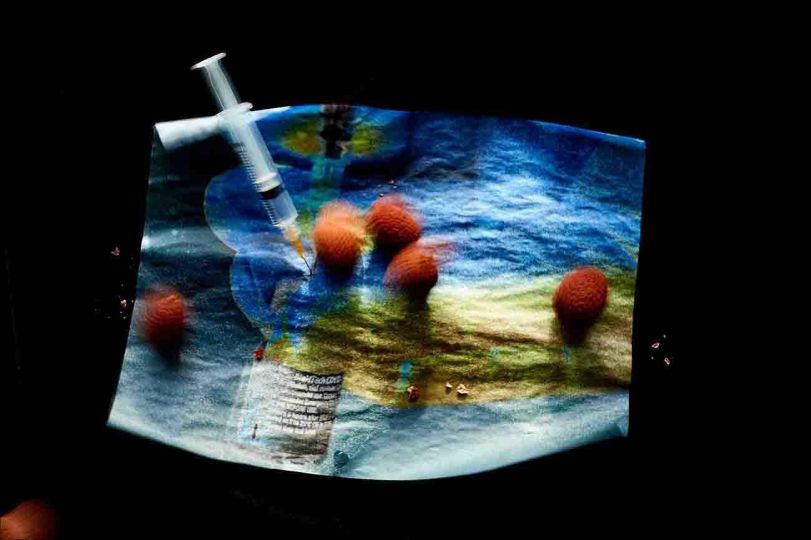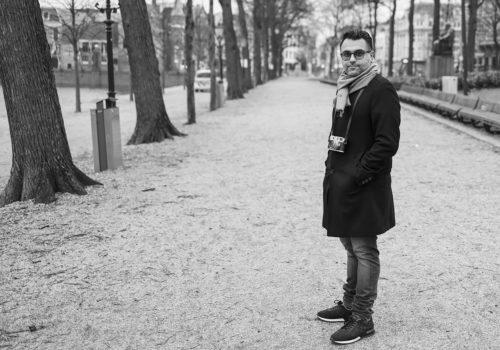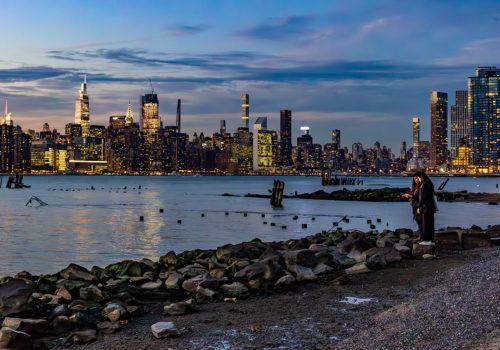“No sound bites, no photo opportunities
and it takes years.
All the cameras have gone
to other wars”
The book recently published by Dewi Lewis on the occasion of the 10-year anniversary of the Aftermath Project, a non-profit organization committed to telling the other half of the story of conflicts, opens on an excerpt of this poem by Wislawa Szymborska, who was the recipient of the 1996 Nobel Prize in Literature. An initiative by photographer Sara Terry, the Aftermath Project started after she realized that “every story of war includes a chapter that almost always goes untold – the story of the aftermath, which day by day becomes the prologue of the future”, she writes in introduction.

